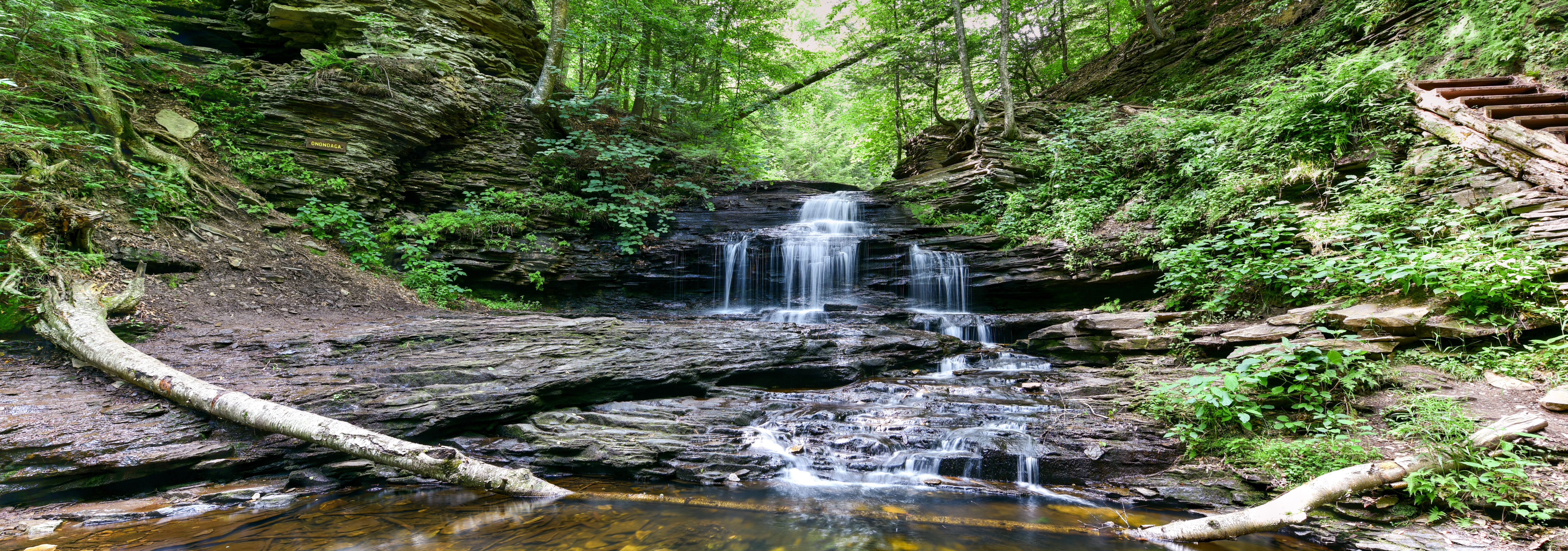Please read: After registering on our site, you'll receive a PCPG confirmation email indicating Action Required in the subject line. Your registration is not complete until you click through the unique link in that email directing you to the GoToWebinar web site, where you'll enter your name and email address. All future reminders and links for the July 14 webinar will be generated off the GoToWebinar site.
Within 48 hours of conclusion of the webinar PCPG will circulate a PDH certificate documenting registrant’s participation time, not to exceed 60 minutes.
Instructor
Thomas E. Jordan, Ph.D., P.G.
KEY Environmental, Inc.
Level: Intermediate
Ground Penetrating Radar (GPR) has been used as a key method for detecting and mapping buried features for various scientific or engineering professions such as archeology, environmental geosciences, civil engineering, glaciology, sedimentology, and structural geology. Unfortunately, examples of unsuccessful GPR studies have been presented over the past 30 years primarily as a result of a lack of understanding of the physical basis by which this methodology operates and is constrained.
This webinar is intended to:
- introduce geologists and engineers to key variables pertinent to GPR surveys, explain the relevant aspects of these variables, discuss their mathematical relationships and provide examples of how these variables can be used to prepare basic forward models to predict the appropriateness of GPR for meeting your project’s goals and objectives.
- examine the importance of porosity, saturation, and pore fluid properties including non-aqueous phase liquid (NAPL) and how these fluids can impact GPR signal responses. This webinar will include examples of common variable values, example output from successful GPR surveys, and references of peer reviewed publications throughout for those that wish to pursue these topics further.
- describe the basic electromagnetic properties of soil, rock, and pore fluids and how they may positively or negatively impact the successful completion of a GPR survey. Basic concepts and mathematical equations for use in the preparation of forward models will be presented to examine various aspects of GPR signal propagation.
Who should attend: The webinar is designed for scientists and engineers that have had some prior exposure to GPR methods and results and are considering using GPR or writing specifications for subcontractors to complete GPR surveys in the future. People who have seen or otherwise participated in GPR data collection, attended a presentation on GPR methods and results, or have reviewed GPR survey deliverables will benefit the most from participating in this webinar.
Projected outcomes: The outcomes from this webinar will be scientists and engineers that are better equipped to prepare specifications for the design of GPR surveys and data deliverable expectations as-well-as the ability to make decisions on the appropriateness of this methodology to attain the project goals and objectives.
About our instructor:
Dr. Tom Jordan is an adjunct professor at Youngstown State University and a Supervising Geologist / Geophysicist with Key Environmental, Inc. located in Carnegie, Pennsylvania. He has a B.A. in geology from Alfred University, an MS in geology from SUNY at Fredonia, and a Ph.D. in geology / geophysics from the University at Buffalo. Dr. Jordan is a licensed PG in 10 states by ASBOG examination or reciprocity and has 33 years of professional experience working on geophysical projects for clients in the environmental, engineering, and exploration sectors.


